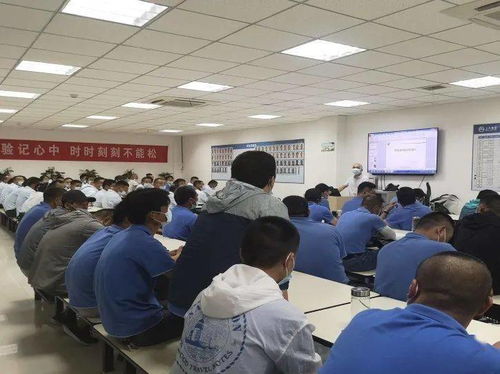关于新能源的培训
Strengthening New Energy Training Amidst the Pandemic
In the wake of the COVID19 pandemic, the importance of new energy sources and sustainability has become even more pronounced. As industries worldwide strive to recover and adapt, investing in training and education in the field of new energy is crucial. Let's explore why this is important and how organizations and individuals can enhance their training efforts during these challenging times.
New energy sources, such as solar, wind, and hydroelectric power, play a pivotal role in combating climate change and reducing carbon emissions. Transitioning towards renewable energy is not only essential for environmental sustainability but also for energy security and economic growth.

Effective training in new energy technologies equips individuals with the skills and knowledge needed to drive innovation, implement sustainable solutions, and contribute to the green economy. It empowers workers to meet the demands of emerging job markets and ensures that industries remain competitive in a rapidly evolving landscape.
Despite the critical importance of new energy training, the COVID19 pandemic has presented significant challenges. Lockdowns, social distancing measures, and economic uncertainties have disrupted traditional training programs and made inperson learning difficult.
Furthermore, budget constraints and shifting priorities have led some organizations to deprioritize training initiatives, potentially hindering progress in the transition towards sustainable energy.
Despite these challenges, there are several strategies that organizations and individuals can employ to strengthen new energy training amidst the pandemic:
- Utilize Online Platforms: Leverage online learning platforms and virtual classrooms to deliver training content remotely. Webinars, video tutorials, and interactive modules can provide flexible and accessible learning opportunities.
- Adapt Curriculum: Update training curriculum to address emerging trends and technologies in the field of new energy. Incorporate modules on energy efficiency, grid integration, and renewable energy systems design to ensure relevance and effectiveness.
- Collaborate with Industry Partners: Forge partnerships with industry stakeholders, research institutions, and government agencies to develop comprehensive training programs. Collaborative efforts can provide access to expertise, resources, and funding opportunities.
- Offer Blended Learning Solutions: Combine online learning with practical, handson experiences where possible. Hybrid training models that blend virtual instruction with onsite workshops or simulations can enhance learning outcomes and engagement.
- Provide Financial Support: Offer scholarships, grants, or subsidies to make training programs more accessible, especially for individuals from underserved communities or regions heavily impacted by the pandemic.
- Promote Continuous Learning: Encourage lifelong learning and professional development among workers in the new energy sector. Provide opportunities for upskilling and reskilling to ensure that employees remain competitive in the evolving job market.
As the world navigates the challenges posed by the COVID19 pandemic, investing in new energy training remains a top priority. By embracing innovative learning approaches, adapting to changing circumstances, and fostering collaboration, organizations and individuals can strengthen their training efforts and accelerate the transition towards a sustainable energy future.
